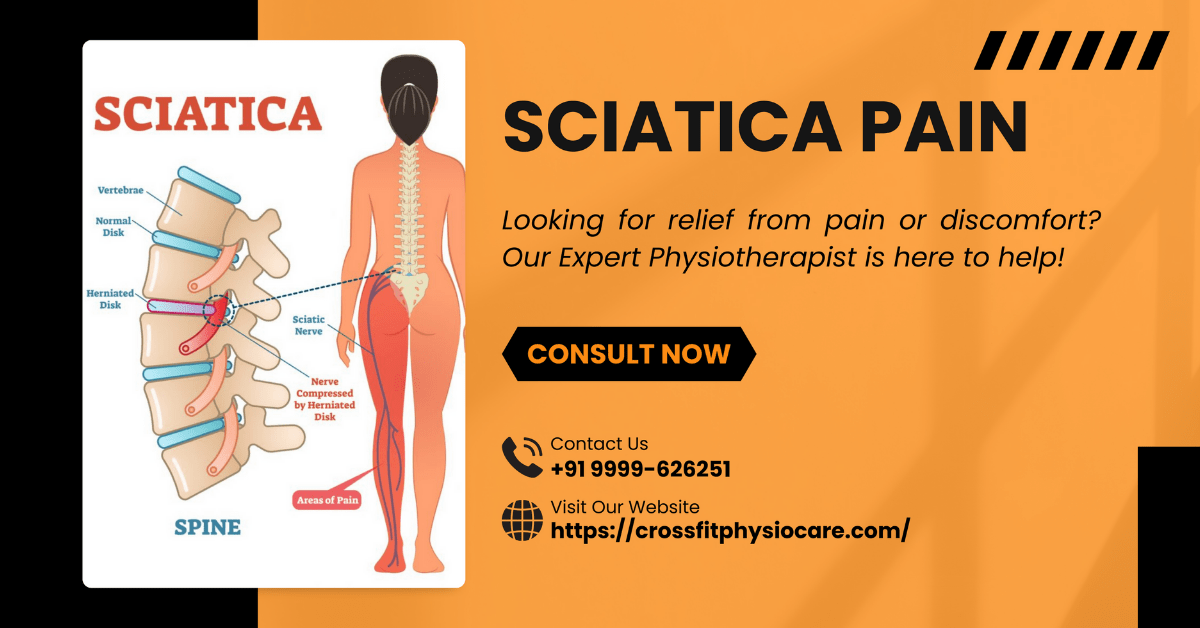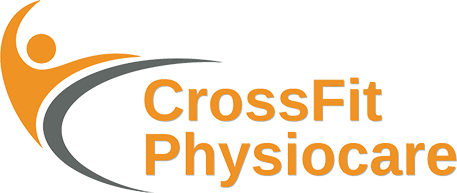
Sciatica Pain
Sciatica pain is a specific type of lower back pain that originates from the sciatic nerve, which is the longest and widest nerve in the human body. The sciatic nerve runs from the lower back, through the buttocks, and down the back of each leg. Sciatica pain occurs when this nerve becomes compressed, irritated, or inflamed. This compression can cause pain, discomfort, and other symptoms along the path of the nerve, often radiating from the lower back down one or both legs.
Causes of Sciatica Pain:
Herniated Disc: A herniated or slipped disc can compress the sciatic nerve as it exits the spine, leading to sciatica pain. The most common cause of sciatica is a herniated lumbar disc.
Spinal Stenosis: Narrowing of the spinal canal can put pressure on the sciatic nerve.
Piriformis Syndrome: The piriformis muscle, located deep in the buttocks, can spasm and compress the sciatic nerve.
Degenerative Disc Disease: Age-related wear and tear on the spinal discs can lead to sciatica pain.
Spondylolisthesis: The slipping of one vertebra over another can cause nerve compression and pain.
Muscle Imbalances: Weakness or imbalances in the muscles supporting the spine can contribute to sciatica.
Symptoms of Sciatica Pain:
Sharp or Shooting Pain: Often described as a shooting or electric shock-like pain that travels along the path of the sciatic nerve.
Numbness and Tingling: Sensations of numbness, tingling, or “pins and needles” in the leg.
Muscle Weakness: Weakness in the leg or foot muscles due to nerve compression.
Pain Aggravation: Symptoms can worsen with movements like sitting, standing, coughing, or sneezing.
Treatment of Sciatica Pain:
Rest and Activity Modification: Resting and avoiding activities that worsen the pain can promote healing.
Pain Management: Over-the-counter pain relievers or anti-inflammatory drugs can help manage pain and inflammation.
Physical Therapy: Targeted exercises and stretches to alleviate sciatica symptoms and improve flexibility.
Heat/Cold Therapy: Applying heat or cold packs can provide relief and reduce muscle spasms.
Injections: Injecting corticosteroids near the affected nerve can help reduce inflammation and pain.
Surgery: In severe cases, surgery may be considered to alleviate nerve compression if conservative treatments fail.
If you’re experiencing persistent or severe sciatica pain, it’s important to consult a healthcare provider for an accurate diagnosis and appropriate treatment recommendations. A healthcare provider can determine the underlying cause of the pain and recommend a personalized treatment plan to help alleviate your symptoms and improve your quality of life.
- Daani Plaza E-595-596, 4th Floor, Ramphal Chowk Rd, Block E, Sector 7 Dwarka, New Delhi - 110075
- +91 99996 26251
- support@crossfitphysiocare.com
How can we help you?
If you are looking for the best and nearest physiotherapist, then click below to message us on WhatsApp.
